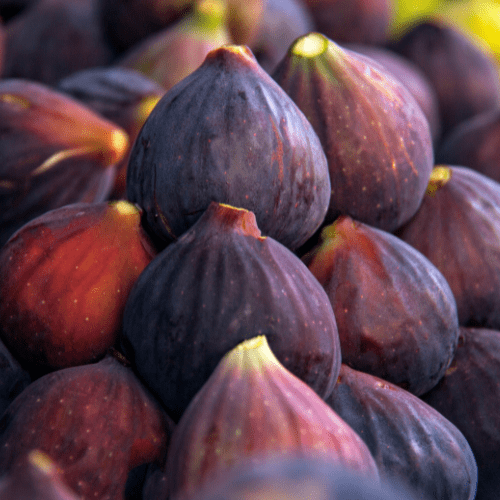Position
Full sun is ideal, but the plants can tolerate partial shade. Too much shade can reduce fruit production. These plants should be spaced at least 3 to 5m apart as they grow large and need room to spread.
Banana trees have broad, thin leaves that can be damaged by strong winds. A sheltered spot would be ideal.
Soil
Red Cuban banana plants should be planted in well-draining soil. trees don’t like to sit in water, as this can lead to root rot. If the soil retains too much water, consider amending it with sand or organic matter to improve drainage.. They also do well in slightly acidic to neutral soil (pH 5.5–7). Before planting, Add a bag of acid compost to your soil.
Watering
Water the tree thoroughly right after planting, ensuring the soil is deeply moistened. For the next 2-3 weeks, water the tree every 2-3 days, depending on the weather and soil type. If it’s hot or windy, you may need to water more frequently.
Therafter, water the tree consistently but avoid overwatering. The soil should be kept moist, not soggy. During warmer months, you may need to water once or twice a week, depending on the climate and soil type. In cooler months, reduce watering, as the tree’s growth slows down.
Mulch
Mulch is a good way of preventing weeds and reducing the rate of water evaporation from the soil.
Apply organic mulch to your tree all year round.
Use from 2 to 5 centimetres of pine bark mulch to protect the roots from UV damage and drying out. It retains moisture, and maintains an optimal pH. Do not let the mulch touch the plant stem, as it may cause infection or rot.
Fertilising
Banana plants are heavy feeders and benefit from regular fertilisation with a balanced, nitrogen-rich fertilizer.
Apply 1 teaspoon every 4-5 months of our nitrogen rich slow-release all-plant fertiliser. The roots will absorb what they need
Pruning
While banana trees do not require extensive pruning, removing old leaves and dead stems will help maintain their health and encourage better fruiting.
Harvesting
Depending on the growing conditions, the plants will take between 9 and 15 months from planting to produce fruit.
The fruit is harvested when the bananas are still green but mature. They will ripen off the plant, or you can leave them on the tree longer for a sweeter taste.






